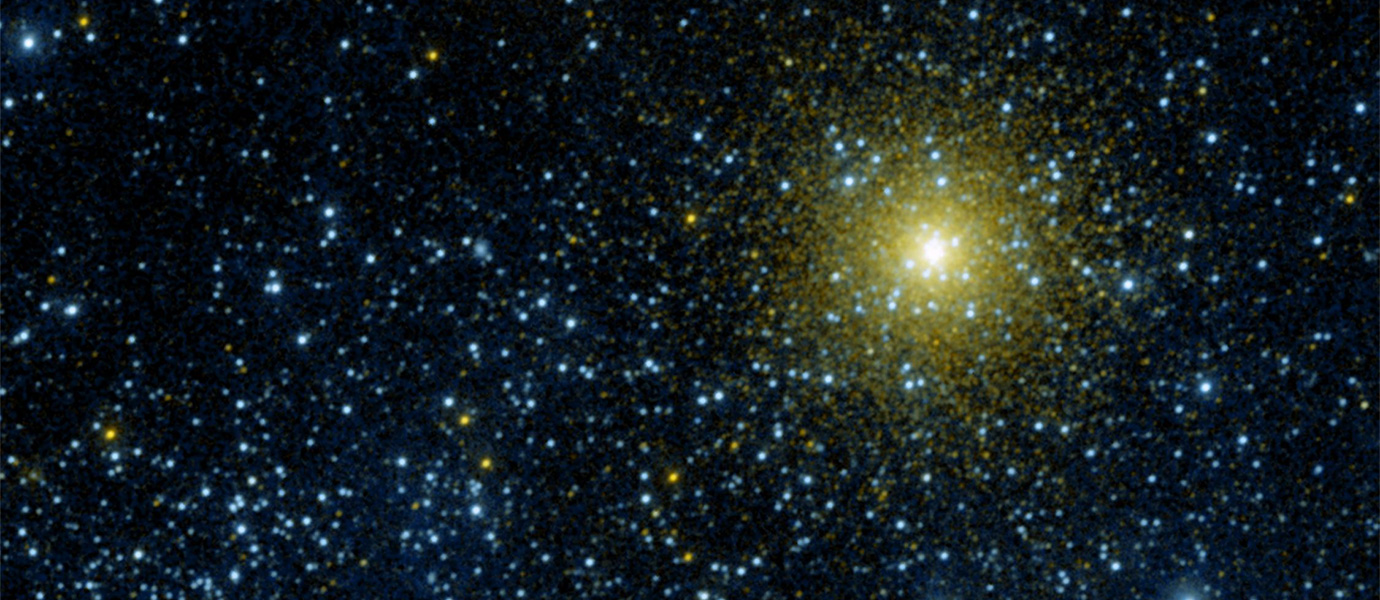ABOUT
Kennedy Space Center Visitor Complex
Located one small step from Orlando, Kennedy Space Center Visitor Complex is where rockets launch and inspiration begins. Arrive early for a full day at the greatest space adventure on Earth. The Complex is organized into Mission Zones, attractions and tours grouped by chronological era. From the dawn of space exploration to current and ongoing missions, visitors can experience the story of humans in space.
contact info
Hrs: Vary.
HELPFUL LESSON PLAN(S)
Prepared by FieldTripDirectory.com
Planetarium Lesson Plan
FUN FACTS
Earth has more exposed water than land. Three quarters of the Earth is covered by water! The earth has one moon.
Venus is the brightest planet in our sky and can sometimes be seen with the naked eye if you know where to look. It is the solar system’s brightest planet — yellow clouds of sulfuric acid reflect the sun’s light.
Jupiter is so big that you could fit all the other planets in the solar system inside it.
Pluto is no longer considered a planet — instead, astronomers call it a dwarf planet or planetoid.
View Lesson Plan>>ABOUT
Kennedy Space Center Visitor Complex
Located one small step from Orlando, Kennedy Space Center Visitor Complex is where rockets launch and inspiration begins. Arrive early for a full day at the greatest space adventure on Earth. The Complex is organized into Mission Zones, attractions and tours grouped by chronological era. From the dawn of space exploration to current and ongoing missions, visitors can experience the story of humans in space.
contact info
Hrs: Vary.
HELPFUL LESSON PLAN(S)
Prepared by FieldTripDirectory.com
Planetarium Lesson Plan
FUN FACTS
Earth has more exposed water than land. Three quarters of the Earth is covered by water! The earth has one moon.
Venus is the brightest planet in our sky and can sometimes be seen with the naked eye if you know where to look. It is the solar system’s brightest planet — yellow clouds of sulfuric acid reflect the sun’s light.
Jupiter is so big that you could fit all the other planets in the solar system inside it.
Pluto is no longer considered a planet — instead, astronomers call it a dwarf planet or planetoid.
View Lesson Plan>>ABOUT
Kennedy Space Center Visitor Complex
Located one small step from Orlando, Kennedy Space Center Visitor Complex is where rockets launch and inspiration begins. Arrive early for a full day at the greatest space adventure on Earth. The Complex is organized into Mission Zones, attractions and tours grouped by chronological era. From the dawn of space exploration to current and ongoing missions, visitors can experience the story of humans in space.
contact info
Hrs: Vary.
HELPFUL LESSON PLAN(S)
Prepared by FieldTripDirectory.com
Planetarium Lesson Plan
FUN FACTS
Earth has more exposed water than land. Three quarters of the Earth is covered by water! The earth has one moon.
Venus is the brightest planet in our sky and can sometimes be seen with the naked eye if you know where to look. It is the solar system’s brightest planet — yellow clouds of sulfuric acid reflect the sun’s light.
Jupiter is so big that you could fit all the other planets in the solar system inside it.
Pluto is no longer considered a planet — instead, astronomers call it a dwarf planet or planetoid.
View Lesson Plan>>ABOUT
Kennedy Space Center Visitor Complex
Located one small step from Orlando, Kennedy Space Center Visitor Complex is where rockets launch and inspiration begins. Arrive early for a full day at the greatest space adventure on Earth. The Complex is organized into Mission Zones, attractions and tours grouped by chronological era. From the dawn of space exploration to current and ongoing missions, visitors can experience the story of humans in space.
contact info
Hrs: Vary.
HELPFUL LESSON PLAN(S)
Prepared by FieldTripDirectory.com
Planetarium Lesson Plan
FUN FACTS
Earth has more exposed water than land. Three quarters of the Earth is covered by water! The earth has one moon.
Venus is the brightest planet in our sky and can sometimes be seen with the naked eye if you know where to look. It is the solar system’s brightest planet — yellow clouds of sulfuric acid reflect the sun’s light.
Jupiter is so big that you could fit all the other planets in the solar system inside it.
Pluto is no longer considered a planet — instead, astronomers call it a dwarf planet or planetoid.
View Lesson Plan>>
